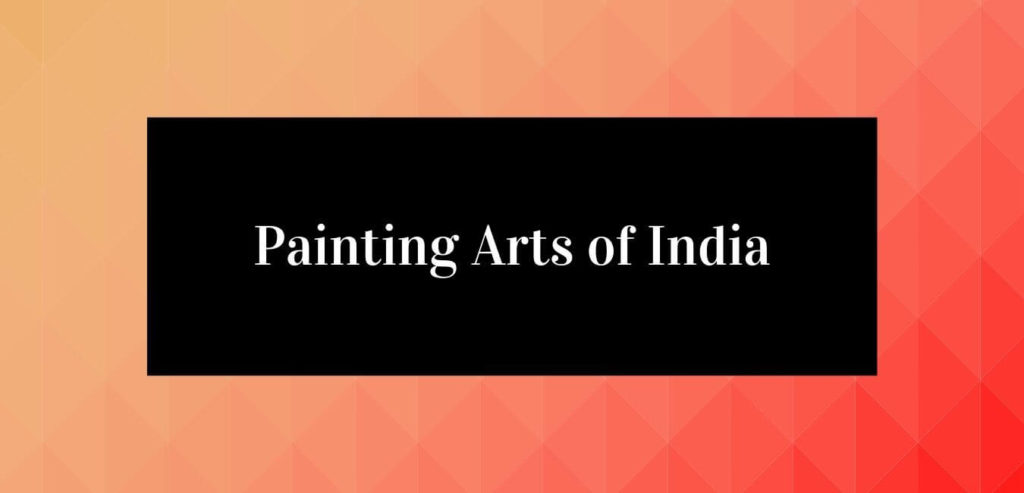Indian Painting Art| Indian painting has a history of over two thousand years and presents a comprehensive record of the religious and emotional life of the people. The art of painting in India was widely cultivated in the Gupta period and is best known through the paintings surviving in the Ajanta Caves, and also in the Bagh caves. Painting is mentioned as 1 of 64 Kalas in ancient Indian texts. Historical Indian Painting Art can be classified into two different segments:
A. Mural Painting:
- A mural is any piece of artwork painted or applied directly on a wall, ceiling or other large permanent surface
- Architectural elements of the given space are harmoniously incorporated into the picture.
Method Of Paintings
- True Fresco Method–
- The paintings are done when the surface wall is still wet so that the pigments go deep inside the wall surface.
- Technique of mural painting executed upon freshly-laid, or wet lime plaster.
- Water is used as the vehicle for the pigment to merge with the plaster, and with the setting of the plaster, the painting becomes an integral part of the wall.
- Tempora or Fresco-Secco–
- Method of painting on the lime plastered surface which has been allowed to dry first and then drenched with fresh lime water.
B. Miniature Paintings:
- The Palas of Bengal were the pioneers
- Glory during the Mughal period
- The different schools of the Miniature paintings of India include:
- Mughal School
- Northern
- Pahadi
- Eastern:
- Pala School – Earliest
- Orissa School –Pattachitra
- Madhubhani
- Western School
- Central:
- Malwa,
- Deccan
- Jaunpur
- Southern:
- Mysore
- Tanjore
- Jain School
- Vernacular
